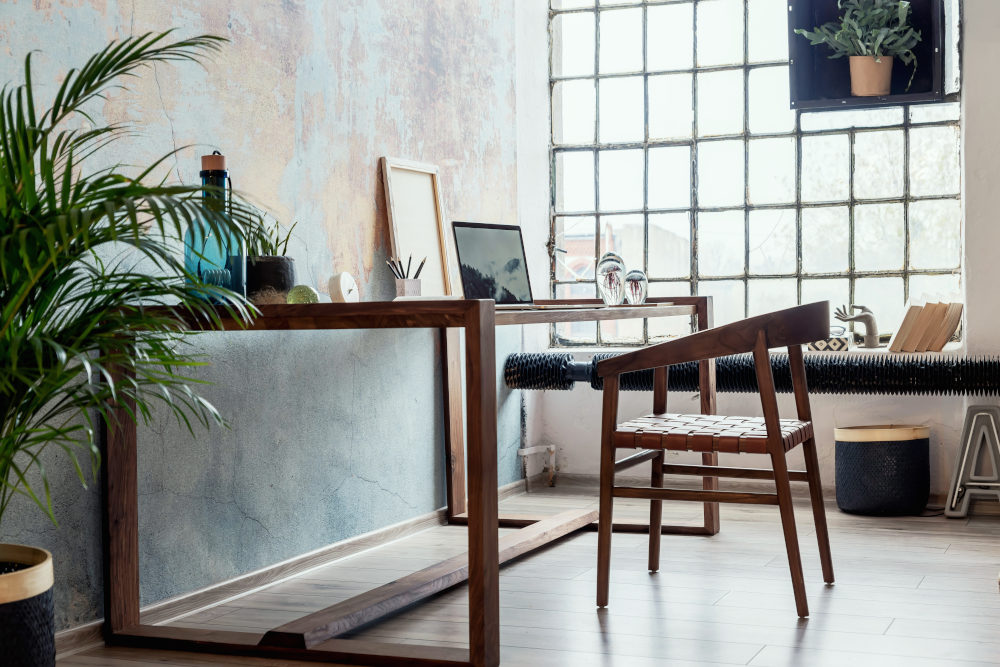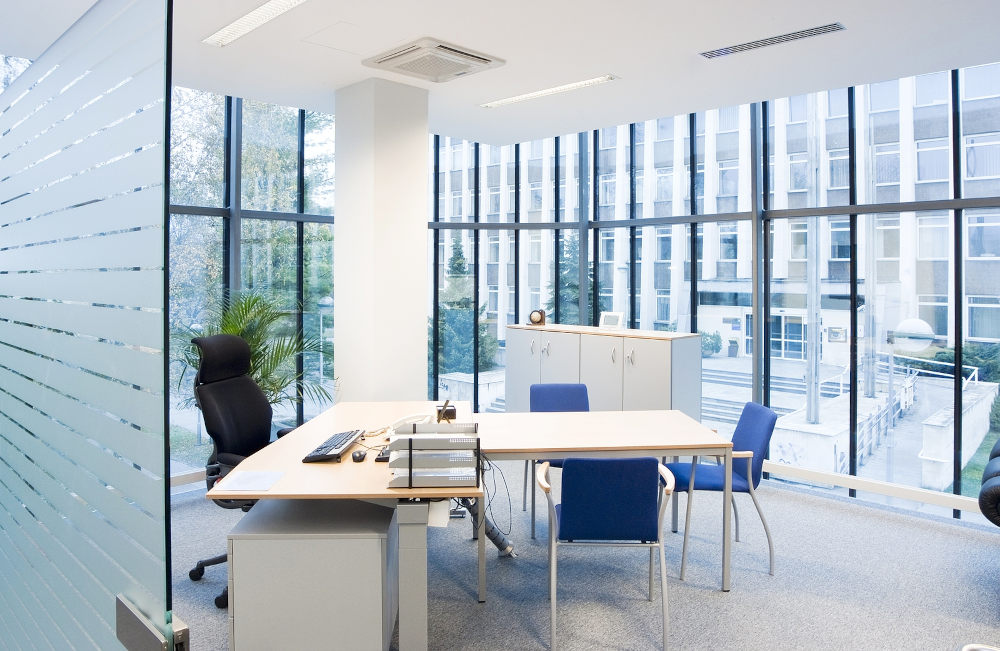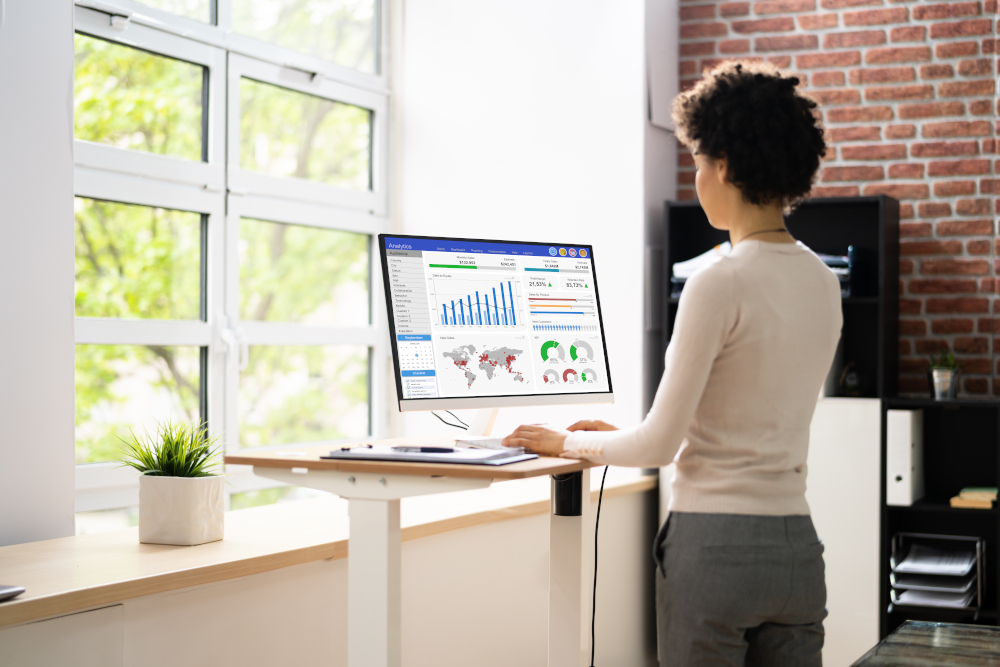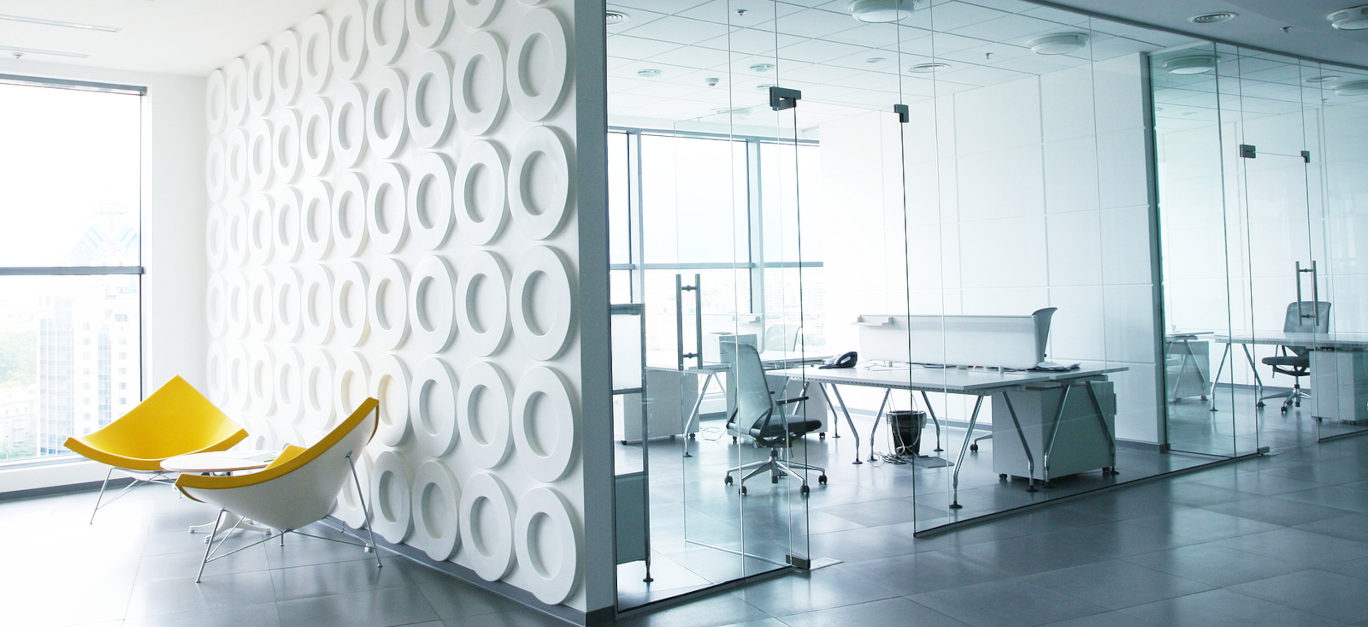Workspace wellness is increasingly becoming a priority for companies around the globe, especially within the realms of high-end office environments. Far from being a mere buzzword, the emphasis on creating spaces that foster both mental and physical well-being is a testament to a changing ethos. This shift goes beyond aesthetic appeal or superficial enhancements; it’s rooted in a deep understanding of how our surroundings can profoundly impact our day-to-day life.
Luxury offices, once the bastions of opulence and prestige, are now leading the charge in this wellness revolution, intertwining luxury with health in a way that benefits everyone from the CEO to the newest intern. This transformative approach to workspace design is more than just an investment in employee health, it’s a reflection of a company’s values, a nod to the importance of well-being in the fabric of corporate culture.
As we delve into this evolution, we’ll explore the critical elements that make up a well-rounded wellness strategy in luxury offices. From the psychological impact of spatial design to the meticulous selection of ergonomically designed furniture, and the integration of nature into the workspace, each aspect contributes to a holistic sense of well-being. Along the way, we’ll highlight the forward-thinking trends that promise to shape the future of luxury office spaces, ensuring they remain bastions of health, creativity, and productivity.
As we move through these sections, the insights from industry experts and the latest research will guide our understanding of why these elements are not just beneficial, but essential. They’ll shed light on how luxury offices can be more than just places of work but environments that elevate our overall quality of life.
The psychology of space: How design influences well-being
The spaces we inhabit have a profound impact on our psychological well-being, a concept that luxury offices are beginning to embrace with open arms. It’s not merely about having a workspace that looks good; it’s about creating environments that feel good and promote a positive mindset. This approach is rooted in the understanding that design elements such as lighting, colour, and spatial arrangements can significantly affect employees’ stress levels, concentration, and overall satisfaction.

Jean Whitehead, a senior lecturer for interior design at Falmouth University, encapsulates this sentiment perfectly. She states, “From a psychological perspective, interior design is linked to the creation of a specific atmosphere. A professional interior designer will have the skills to harness a specific mood or ambience – it is just about learning how to do this.” This philosophy underpins the movement towards office designs that are not just functional, but are also psychologically uplifting. It’s about crafting spaces that don’t just encourage productivity, but also enhance the well-being of those who occupy them.
Recent studies further underscore the importance of thoughtful office design. For instance, employees in open-plan offices have reported higher levels of stress and lower job satisfaction compared to their counterparts in more traditionally segmented workspaces. This data prompts a re-evaluation of how luxury offices are designed, pushing towards layouts that balance openness with private areas, ensuring employees can find spaces that suit their working style and psychological needs.
Ergonomics and aesthetics: Finding the balance
The interplay between ergonomics and aesthetics in luxury office design is crucial, highlighting a sophisticated understanding that beauty and functionality must go hand in hand. This balance is not merely about creating a visually appealing workspace, but ensuring that every piece of furniture and every design choice actively contributes to the well-being of its users. Ergonomic injuries, a significant concern in workplaces across sectors, spotlight the importance of this balance. Statistics reveal that ergonomic injuries account for 33% of all worker injury and illness cases, underscoring the urgent need for workplaces to adapt and respond.
Reena Singh, senior manager at TSM (The Safety Master), emphasises the critical nature of this balance: “Employers should strive to create an environment where employees feel comfortable and supported while performing their job duties. This not only leads to higher productivity levels, but also significantly reduces the risk of injury or illness resulting from inadequate ergonomic practices.”
Singh’s perspective highlights a growing shift in how luxury offices are conceptualised and designed. It’s a shift that places equal importance on the aesthetic qualities of office design and the functional, health-promoting aspects of the workspace.
Against this backdrop, selecting furniture becomes a task that requires careful consideration and a deep understanding of ergonomics. Chairs that offer lumbar support, desks at the correct height to prevent strain, and spaces designed to encourage movement throughout the day are becoming the norm in luxury office spaces. This commitment to ergonomics, integrated with a keen eye for design, ensures that luxury offices are not just places of work, but are also environments that uplift, support, and inspire those who work within them.

Furniture that cares: A look at health-conscious office design
In the realm of high-end offices, furniture is far from a passive component of the workspace; it’s a critical element in the active promotion of health and wellness. This perspective shifts the narrative from furniture as merely functional or stylish to furniture as a caretaker of sorts, actively contributing to the physical well-being of office inhabitants. The drive towards health-conscious office design has seen an uptick in demand for modern office furniture that embodies the principles of ergonomics while maintaining a sleek, contemporary aesthetic.
The ethos of companies like Furnify reflects this shift perfectly. Furnify’s range, which prominently features modern, office, and contemporary furniture, is a testament to the evolving needs of the luxury office space. Each piece is designed with an eye towards supporting the human body in a natural, comfortable way, reducing the risk of ergonomic injuries that are all too common in less thoughtfully designed spaces. By focusing on both form and function, Furnify is setting a new standard for what it means to furnish a workspace in a manner that truly cares for its users.
Incorporating nature into luxury workspaces
The inclusion of natural elements within the workspace, a concept known as biophilic design, has been shown to have myriad benefits for mental and physical well-being. This approach to design is especially pertinent in luxury offices, where the aim is not only to impress, but to also foster an environment that promotes health, creativity, and productivity. The Harvard Business Review underscores the importance of this with a study finding that even small doses of nature in the workplace can improve employee performance, creativity, and interpersonal relationships.
Integrating nature into luxury workspaces goes beyond the aesthetic appeal of greenery; it taps into the human affinity for the natural world, leveraging it to create spaces that feel more alive, more calming, and inherently more supportive of wellness. From living walls and indoor gardens to the strategic use of natural materials and light, luxury offices are increasingly becoming havens of biophilic design. These spaces not only stand out for their beauty and sophistication, but for their role in enhancing the well-being of everyone who steps into them, too.

The future of luxury workspaces: Trends to watch
As we look towards the horizon of office design, the future of luxury workspaces appears to be driven by an ever-deepening commitment to wellness, sustainability, and innovation. These spaces are set to transcend traditional boundaries, becoming ecosystems that support work and enhance every aspect of well-being. The trends that are beginning to emerge reflect a holistic approach to design, where physical health, mental well-being, and environmental sustainability are inextricably linked.
One of the most exciting trends is the integration of advanced technology with wellness-focused design. From smart lighting systems that mimic natural daylight cycles to AI-driven climate control that ensures optimal working conditions, technology is playing a key role in evolving luxury offices into spaces that intuitively respond to the needs of their inhabitants. Additionally, the emphasis on sustainability is growing, with more luxury offices incorporating eco-friendly materials and practices, underscoring a commitment to not just the well-being of employees, but of the planet as well.
Another trend to watch is the move towards creating more flexible, adaptable workspaces. The future of luxury office design lies in spaces that can easily be reconfigured to suit different tasks and working styles, supporting a dynamic, fluid approach to work. This adaptability caters to employees’ diverse needs and fosters a sense of ownership and belonging, further enhancing the overall workplace experience.
As we continue to navigate the challenges and opportunities of the 21st century, one thing is clear: the luxury office of the future will be a place where wellness is woven into every fabric of its design. It will be a space that empowers, inspires, and nurtures those who occupy it, setting a new benchmark for what it means to create a truly human-centric workplace. In this evolving landscape, the only constant will be change, driven by a relentless pursuit of better, healthier, and more sustainable ways of working.
This vision for the future of luxury workspaces is not just a blueprint for design; it’s a call to action for companies, designers, and individuals to rethink our relationship with our work environments. By prioritising wellness in every aspect of office design, we can create spaces that don’t just meet our needs, but also elevate our potential, today and for generations to come.






















